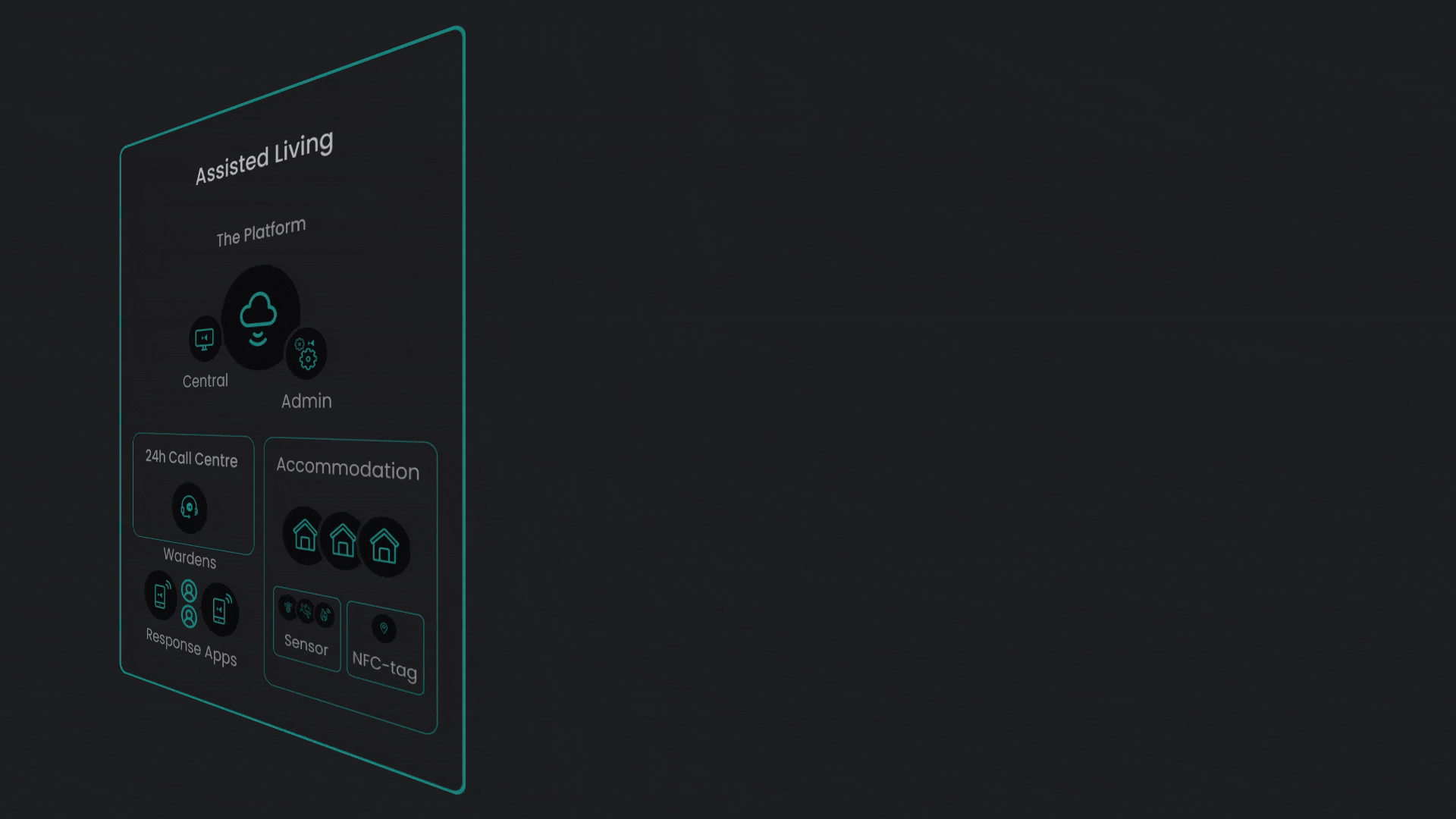While the benefits of technology enabled care are quite clear nowadays, skepticism on digital telecare is still prevalent, which is why understanding the importance of migrating to technology enabled care is equally important to knowing its benefits. Questions still inevitably arise on the subject: is digital care just as good as the traditional practices? How can we ensure the privacy of
the patients? What about those who have limited access to digital technology?
These questions should be welcomed, as these also provide a platform where a healthy discourse on the topic can be facilitated. It is worth noting that these queries stem from a place of genuine concern, and addressing these accordingly can truly highlight the importance of technology enabled care, especially in today’s rapidly changing landscape.
The role of technology enabled care today
Technology enabled care, or TEC, is used to refer to telemedicine, telecare, telehealth, and mobile, electronic, and digital health care services. Through the use of these services, providing care for patients can be made more effective, efficient, and convenient.
Most needs of patients can also be easily fulfilled through TEC—as an example, computers and even mobile devices at home can now be used to monitor patients reliably and constantly, without the need for constant supervision by a care provider. Through technology enabled care, the dependence on physical response centers is also greatly reduced, making the whole process much faster and less burdensome. To further highlight the significance and relevance of TEC today, the NHS is actively developing its own tech-enabled care program. All these factors positively impact both patients and health care providers.
Read more: How to Improve Patient Safety with Technology Enabled Care
Rapid innovations in home care technology
Today’s tech innovations present more options to care providers than ever before. Sensors in the form of shoes, bracelets, or pendants can consistently track and monitor the activities or status of the patient, and notify or even alert the health care provider in the event of an emergency. Remotely monitoring the patient’s pulse, temperature, and respiration status through devices is now also an option for health care providers, thanks to innovations in home care technology. Patients can also be assisted in simple but equally important tasks such as being reminded to take their medication. More importantly, these systems can be customized to fit the specific needs of each patient.
These are just some examples of what’s available today. Through rapid innovation, more options and platforms can be made available to both the patients and the care providers.
The Digital Switch
One of the most important factors to consider as well is the digital switch—the shift from analogue signals and platforms to completely digital technology. This is already ongoing, but the big analogue switch-off will take place in 2025. Not migrating in a timely manner to digital systems for telecare services presents multiple risks to both patients and health care providers. This also means that by then, alarm systems in telecare services that are still based on analogue platforms may be rendered obsolete. Simply put, analogue telecare systems and devices will stop functioning once the switch-off occurs.
As analogue systems see less support in the coming years, maintaining these systems can cost more, and reliability issues may arise, potentially putting the patients at risk. In the long run, installing and implementing digital telecare and alarm systems will cost significantly less when compared to
analogue systems.
These circumstances further highlight the need to embrace technology enabled care.
Understand that migrating benefits all parties
To help fully grasp and understand the importance of TEC, it is important to note that the digital migration to technology enabled care will benefit both all parties involved: the patients, their family, and the health care providers. While the digital telecare and technology enable care services are being met with skepticism and reluctance to change, it is still important to continue highlighting the importance of migration for all parties involved.
Understandably, fully embracing digital telecare presents multiple challenges and initial roadblocks and obstacles. SaaS platforms for alarm handling such as Skyresponse, used by solution providers however, makes the transition process as easy and seamless as possible. While initially daunting, the challenges presented by moving away from analogue systems can be minimized, or even eliminated by partnering with a trusted platform partner.





